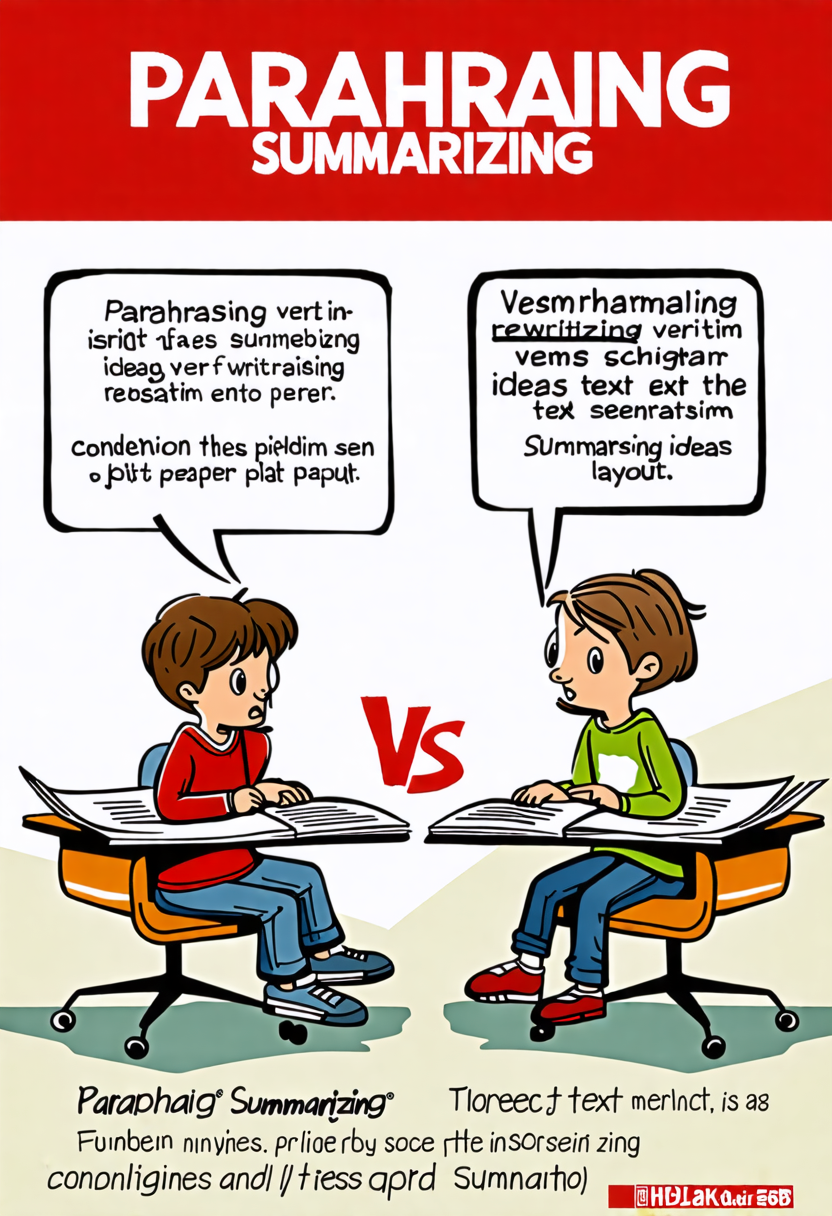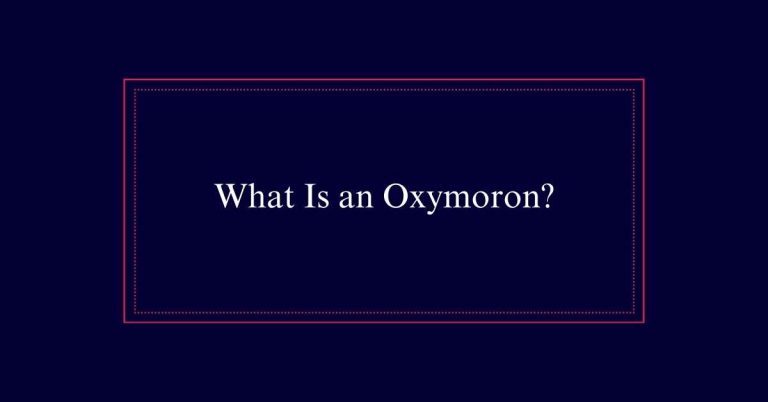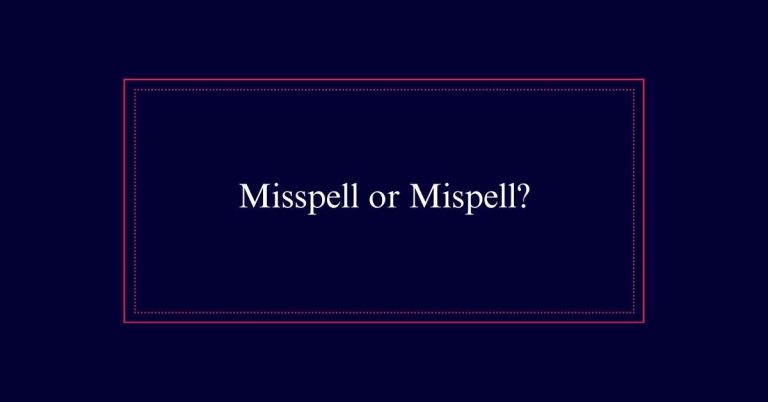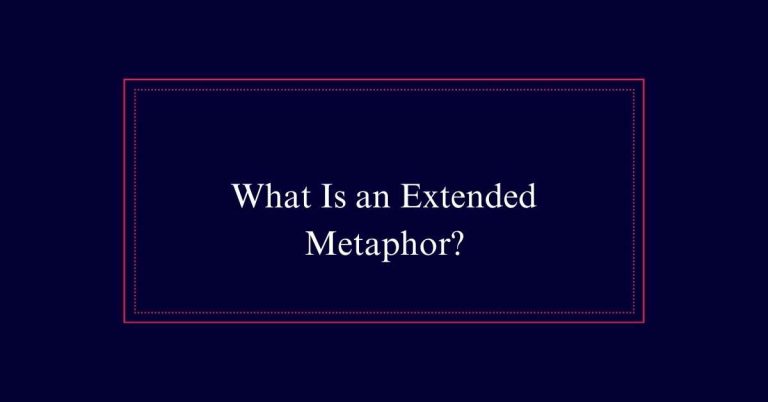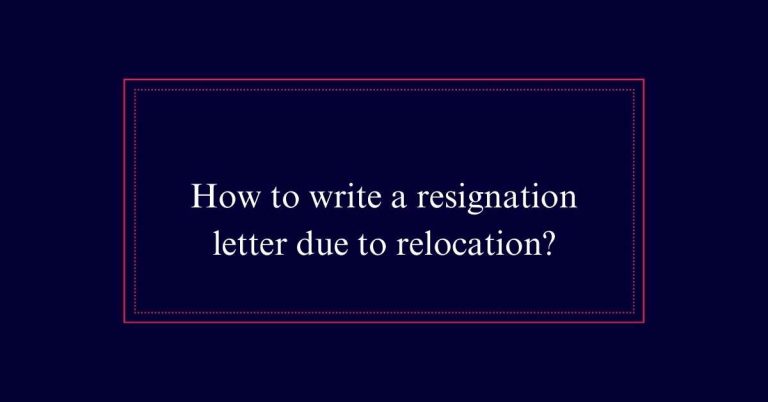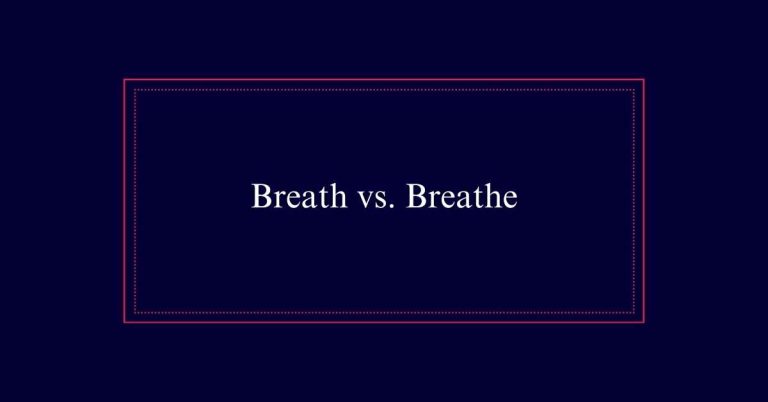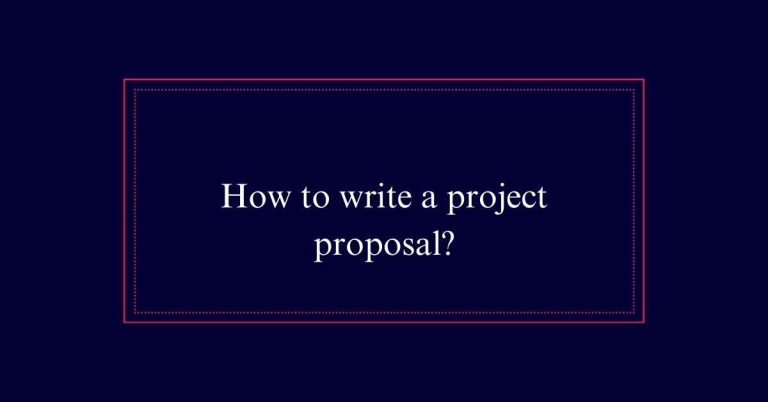Paraphrasing Vs. Summarizing: The Key Differences
Paraphrasing and summarizing are distinct yet related techniques crucial in writing and communication. Paraphrasing involves rephrasing a passage from a source using your own words while preserving the original meaning and detail. This practice helps avoid plagiarism and enhances comprehension.
Summarizing, in contrast, condenses the main ideas of a text into a brief overview, leaving out unnecessary details. It offers a quick way to understand the essence of the content.
Knowing when to paraphrase or summarize is vital for effective academic writing. Each method serves specific purposes, and mastering them can significantly improve your writing skills. Explore further insights into their applications.
Defining Paraphrasing
Paraphrasing involves expressing someone else’s ideas in your own words while maintaining the original meaning. This technique is commonly used in academic writing to integrate others’ perspectives without engaging in plagiarism.
Unlike quoting, which entails using the exact words from the source, paraphrasing focuses on restating the content. Effective paraphrasing includes employing synonyms, changing word classes, and restructuring sentences. These methods guarantee that the new text remains distinct yet faithful to the source’s message.
Paraphrasing is particularly valuable in research papers as it assists in bolstering arguments with external evidence. This approach upholds academic integrity and deepens the writer’s comprehension of the subject matter.
Defining Summarizing
Summarizing involves condensing the main points of a text into a brief overview. This technique captures the essence, main ideas, and conclusions without delving into detailed specifics.
It is particularly useful in academic and business contexts where conveying the core message quickly is vital. Summarizing reduces lengthy texts to their essential elements, making information more accessible and easier to understand.
It focuses on the overarching themes and significant conclusions rather than individual details. This approach is invaluable for efficiently communicating the gist of a lengthy document, article, or book.
Essentially, summarizing distills complex information into a concise format, aiding comprehension and retention while saving time.
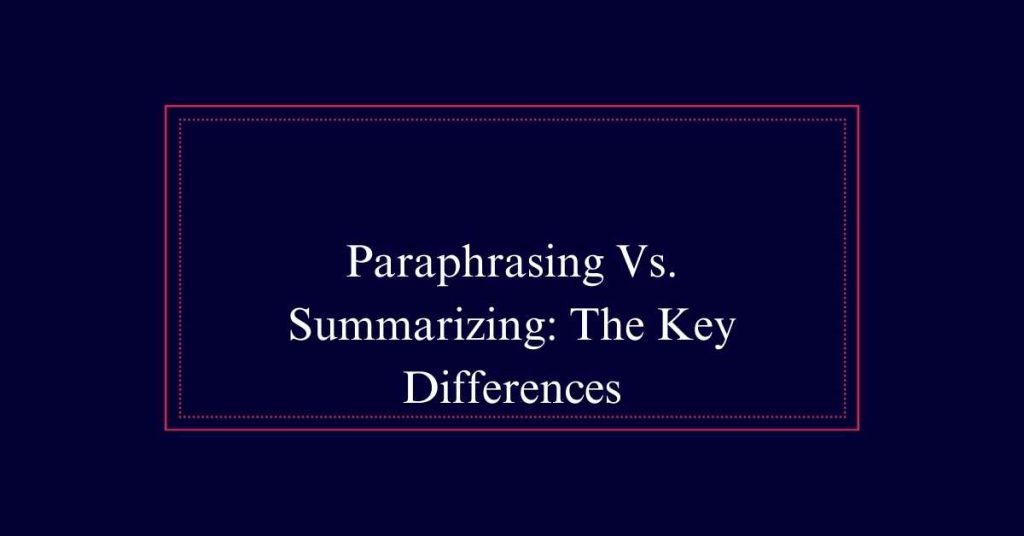
Techniques for Paraphrasing
Several methods can be utilized to restate original content in one’s own words effectively. One popular approach is substituting key terms with synonyms while maintaining the original meaning.
Another strategy includes altering the sentence structure, such as switching active sentences to passive ones or rearranging the sequence of ideas.
Additionally, modifying the word class, for instance, changing a noun into a verb, can aid in avoiding direct copying. Breaking down complex sentences into simpler ones can also enhance clarity.
Lastly, reading the original text, grasping its core message, and then rewriting it from memory ensures the content is genuinely rephrased. These techniques help retain the original message while making the text unique and free from plagiarism.
Techniques for Summarizing
To summarize effectively, it is important to begin by identifying the main ideas and key points of the original text. Skim the material to grasp its overarching themes and concepts clearly. Once you have a good understanding of the primary points, condense them into a shorter form by removing unnecessary details.
Focus on the introduction, topic sentences, and conclusion as they often contain the core messages of the text. Use your own words to create an original summary and refrain from including personal opinions or interpretations. Review the summary to ensure it accurately conveys the main points without losing important information.
Length and Detail Differences
When comparing paraphrasing and summarizing, the length and detail of the content differ markedly. Paraphrasing involves rephrasing a passage with a focus on specific details and maintaining the original length. Summarizing, on the other hand, condenses the content to its main ideas, making it considerably shorter.
Here are the key differences:
- Length: Paraphrased content is usually similar in length to the original text, while summaries are much shorter.
- Detail: Paraphrasing includes more detailed information, whereas summarizing focuses on the main points.
- Purpose: Paraphrasing is used to clarify specific details, while summarizing is used to provide an overview of the main ideas.
Academic Writing Applications
In academic writing, paraphrasing and summarizing are crucial techniques for integrating sources and supporting arguments. Paraphrasing allows writers to include specific details from sources, thereby strengthening their arguments with evidence. This technique is useful when the original text is too long or complex to quote directly.
Summarizing, on the other hand, helps condense broader ideas and themes from extensive texts. It is particularly valuable in literature reviews and research papers where a concise presentation of multiple sources is needed. Both methods require proper citation to acknowledge the original authors.
Avoiding Plagiarism
Properly employing paraphrasing and summarizing techniques is essential for avoiding plagiarism in academic writing. By rephrasing ideas in your own words and condensing information, you respect intellectual property and demonstrate comprehension.
Here are three key practices to prevent plagiarism:
- Attribute Sources: Always cite original authors, whether you paraphrase or summarize. This gives credit where it’s due.
- Understand the Material: Grasping the core ideas allows you to restate information accurately without copying.
- Review Your Work: Carefully check your writing to ensure that all sources are properly cited and that your restatements are distinct from the original text.
Practical Examples
Practical examples can illustrate the differences between paraphrasing and summarizing effectively. Consider a passage describing the benefits of exercise.
A paraphrase might state, ‘Engaging in regular physical activity enhances cardiovascular health, boosts mood, and improves overall well-being.’ This restates the original in a new way but retains specific details.
In contrast, a summary would condense the information: ‘Exercise is beneficial for health.’ This captures the main idea without delving into specifics.
Another example: a paragraph on climate change effects could be paraphrased to detail rising temperatures and sea levels, while a summary might simply state, ‘Climate change has significant environmental impacts.’
When to Paraphrase?
When should you paraphrase in your writing?
Paraphrasing is a crucial skill in both academic and professional environments. It becomes particularly beneficial when you need to restate specific information from a source without using direct quotations.
Here are three scenarios where paraphrasing proves to be most effective:
- Clarifying Complex Texts: Break down intricate ideas to enhance comprehension.
- Avoiding Plagiarism: Rephrase content in your own words to ensure originality.
- Providing Evidence: Incorporate detailed points from sources to bolster your arguments.
When to Summarize?
Summarizing is essential for conveying the main points of a lengthy text succinctly. It is particularly useful in academic and business settings where time and space are limited.
Summarizing helps quickly share the essence of a document without delving into detailed specifics. This technique is ideal for long reports, articles, or books where only the core message needs to be communicated. Summarizing is also beneficial when reviewing literature, preparing executive summaries, or drafting abstracts for research papers.
It ensures that the audience grasps the primary ideas without being overwhelmed by too much information. Ultimately, summarizing distills complex texts into their most essential elements, facilitating efficient communication and comprehension.
